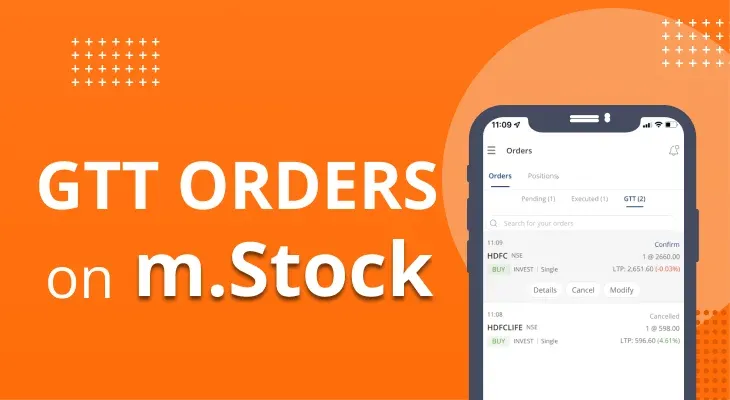
What is Trading on Equity?
There are many ways in which companies can increase the gains and benefits enjoyed by their shareholders. Trading on equity is one such strategy. Also known as financial leverage, it is essentially the process of taking on some debt and using the funds thus obtained to procure new assets that generate high levels of income. Let’s take a closer look at how trading on equity works.
Understanding the Finer Details: What is Trading on Equity?
A company that wants to employ the strategy of trading on equity begins by procuring new debt in the form of bonds, preference shares, debentures and other such debt instruments. The company then uses the funds obtained via these channels to purchase new assets. These assets are carefully selected, so that the returns and income they generate exceed the cost of the debt raised.
Ultimately, this results in excess income, which helps increase the earnings per share (EPS). This is the most significant advantage that trading on equity offers the shareholders of the company.
Types of Trading on Equity
Depending on how a company goes about the process, there are two kinds of trading on equity, namely trading on thin equity and trading on thick equity. Let’s get to know these strategies better.
Trading On Thin Equity
In this case, the company’s equity capital is lower than its debt capital. This essentially means that the company’s capital structure predominantly consists of debt. For example, say a company’s equity capital amounts to Rs. 10 crore while its debt capital amounts to Rs. 17 crore. Now, if the company raises more debt to carry out trading on equity, the debt will be fairly significant when compared with its thin equity cover.
Trading On Thick Equity
Here, the equity capital of the company is higher than its debt capital, meaning that the company’s capital structure is mainly made of equity. For example, say a company has equity capital amounting to Rs. 25 crores and debt amounting to just Rs. 15 crores. In this case, if the company attempts to raise more debt as a part of its trading on equity strategy, the debt will be only modest when compared to its thick equity component.
Advantages of Trading On Equity
Now that you know what is meant by trading on equity, let’s take a closer look at how it can be beneficial to the company. Primarily, there are two key advantages of trading on equity.
Higher Earnings
When a company uses trading on equity to purchase new income-generating assets, it creates new avenues for earning income. In the long run, this is highly beneficial to the company involved.
More Tax Savings
The interest cost involved in servicing the debt is tax-deductible. Companies can claim this expense as a deduction from their total revenue, leading to lower taxable profits. This, in turn, results in higher tax savings.
Is Trading on Equity the Same as Equity Trading?
You’ve now learned the details of what trading on equity is. But it is not the same as equity trading. These are two very different concepts. So, what is equity trading? In simple terms, it is the process of buying and selling equity shares with the aim of generating profits from the changes in share prices.
While trading on equity is a strategy that pertains only to companies, equity trading can be done by both individuals and companies (and virtually any other entity as well). To trade in equity shares, a demat account and an equity trading account are essential.
Conclusion
When planned and executed well, trading on equity can be highly beneficial to companies as well as their shareholders. However, without the right strategy, the cost of the debt raised may exceed the returns generated from the new assets purchased. This causes the strategy of trading on equity to become a failure for the company in question. To avoid this problem, it is essential for companies to plan their debt financing as well as their asset purchase with utmost prudence.


